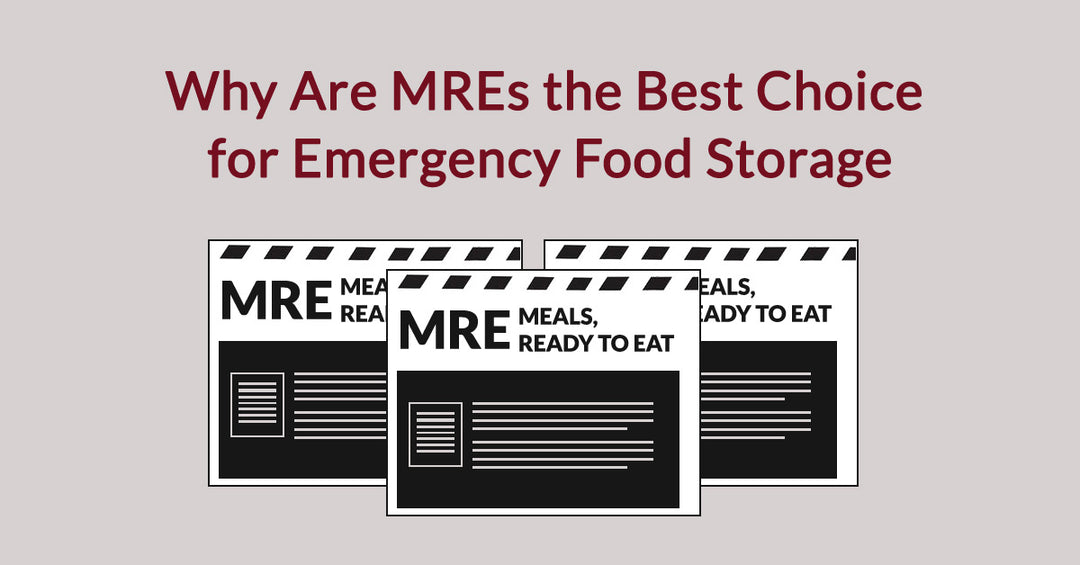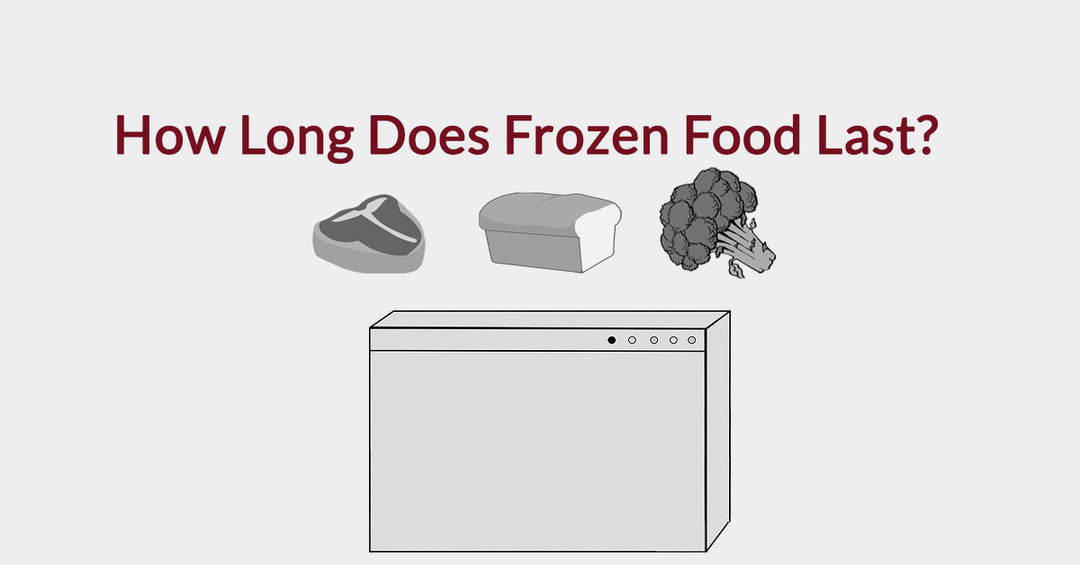3 Surprising Uses of MREs

When you see MREs (Meals, Ready to Eat), you probably think of the military or emergency preparedness. Sure, these are the most common uses for the shelf stable food rations, but many civilians are putting them to new and surprising uses.
It makes sense that MREs have a broader application than emergencies: They’re ruggedized for the outdoors, they provide a hot meal at any time (and with limited resources required), and they’ve got tons of calories.
You may not have thought of these three uses of MREs, but you’ll be rethinking the use of your own MREs by the end.
1. MREs for Paleontology Field Work
MREs: Water proof, impact resistant, hermetically sealed against pests and dinosaurs? Paleontologist Thomas Lang confirms that yes (sort of), MREs are the perfect ration for paleontological field expeditions into the barren backcountry of Tumey Hills, California.
Though Lang hasn’t been digging up dinosaur remains, he has been collecting 65 million year old nannofossils: A single-celled algae called “calcareous nannoplankton,” (seen above). These nannofossils likely bared witness to dinosaurs, which also existed 65 million years ago.
The drastic rise and fall of sea level during the Cretaceous Period initiated the death and sediment burial of the algae’s skeletons. Needless to say, these nannofossils have demonstrated an impressive shelf life.
Lang’s paleontological expeditions to unearth the specimen have been fueled by MREs, as seen in his field trip gear above.
2. MREs for Rock Climbing and Class Four Hiking
Most climbing and advanced-level hiking meal plans consist of a few energy bars, some electrolyte drinks, and a salty snack or two. Sure, these foods are highly mobile and provide a brief spike in energy, but they aren’t sustaining (and they can get boring). This might be a problem if you’re burning hundreds of calories per hour, like Levi often is (who chose to omit his last name, pictured above).
A study by Purdue University estimates that rock climbing is equivalent to 224 steps per minute, which makes it more difficult than running a 10-minute mile-that’s some serious calorie-burning.
Levi recognizes that better performance is directly related to a nutritious meal plan, and so he ditched his flattened granola bars and beef jerky for MREs.
“The military did all the research for me,” Levi tells Meal Kit Supply. “If MREs keep soldiers on the move, they’re going to keep me going in the Yosemite backcountry.”
It helps that they can take a beating, he adds, and then promptly shows Meal Kit Supply his bloody, battered fingers. “I wish my hands were so tough.”
Click edit button to change this text.
3. MREs for Traffic Jams
“Emergency situation” might not be the first thing to come to mind while in a traffic jam, but maybe it should be. Over the past 20 years, congestion in US cities has grown substantially and 45 percent of these congestion sources are unpredictable, including traffic accidents and bad weather.
Traffic jams are far from relaxing, and being “hangry” certainly isn’t going to help your ability to reason. That’s why Mac Kotack keeps his favorite MREs at arm’s reach in his car (pictured, above).
“My daily commute is anywhere from two to three hours,” Kotack tells Meal Kit Supply. “When it’s stop-and-go, getting food off the highway feels impossible. I just keep a few MREs in the car.”
He goes on to explain that he must pull over to the shoulder to operate the flameless ration heater, but “in gridlocked traffic, it’s not like I’m losing headway. And the heater is the best part. Especially for breakfast entrees.”
Could MREs cure road rage? Probably not. But, according to this commuter, they might make frustrating traffic a lot better.










